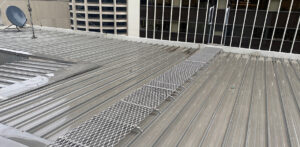Employers and contractors need to ensure that their workers and teams are provided with safe methods of work. This can be enabled through correct administrative controls.
When it comes to administrative controls, they can be seen as something of an annoyance. A box-ticking exercise that needs to be done as quickly as possible so teams can go about their work.
The reality, however, is that taking the time to read and understand these documents can help prevent an accident from occurring at the workplace.
For employers and contractors, these administrative controls can take the form of a safe work method statement, work procedures and rescue plans for their teams to follow when out on site.
More broadly, having a training plan and competency management system in place can help in making sure that workers are keeping their skills current and avoiding issues with out-of-date competencies.
Safe work method statements
A safe work method statement (SWMS) is an administrative control document that outlines the risks associated with completing a particular task or set of tasks, as well as what mitigations need to be put in place to protect against them.
The SWMS serves as a checklist for the most common risks that are associated with the types of work being conducted.
For example, an electricians SWMS would cover off ensuring that electrical lines were isolated and not energised, while for working at heights a SWMS would cover-off common roof entry and egress risks.
A worker should read and sign a SWMS before commencing work on a site. They should also read the SWMS in conjunction with any access procedures and the work site’s own induction material.
Rescue plans
A rescue plan is an important part of working in any high-risk environment. In an ideal world, correctly following well-developed safe work procedures and having compliant systems in place would mean that no accident would ever occur. Reality is that the risk of an accident is never zero.
When a fall from height, or other accident, does occur, workers need to know how to respond. Calling triple zero and waiting for emergency services is not enough. A worker suspended in a harness could be suffering from suspension trauma before they even arrive.
A comprehensive rescue plan should consider the types of incidents that could occur, and how best they can be responded to. It will also assist in understanding what rescue equipment will be required to be on site during work, so that it is accessible in the event of an accident.
Training plans and competency management
Many workplaces and sites have rules around how long it can be since a worker last had their skills updated or refreshed. For employers and contractors, the absence of a plan for ongoing skills maintenance creates the risk that a team will arrive on a new worksite and be unable to start work as their tickets and credentials will be too old.
Training plans and competency management assist in providing smooth, uninterrupted movement of teams and workers from site to site by ensuring their training is refreshed in accordance with industry guidelines and common expectations.
Accurate training records can also make work planning easier, as it can quickly be determined which workers and teams have the skills required to complete various tasks before they are assigned work.
Understand your obligations
The issues around working at heights, in confined spaces as well as other high-risk areas can be complex. Where responsibility is for the various parties that can be working together on a site are often unclear.
Height Safety Engineers are the experts in working at heights and in high-risk environments. Discuss your safety needs with our team and let us be your partners in protecting people. Call 1300 884 978 or email enquiries@heightsafety.net.





